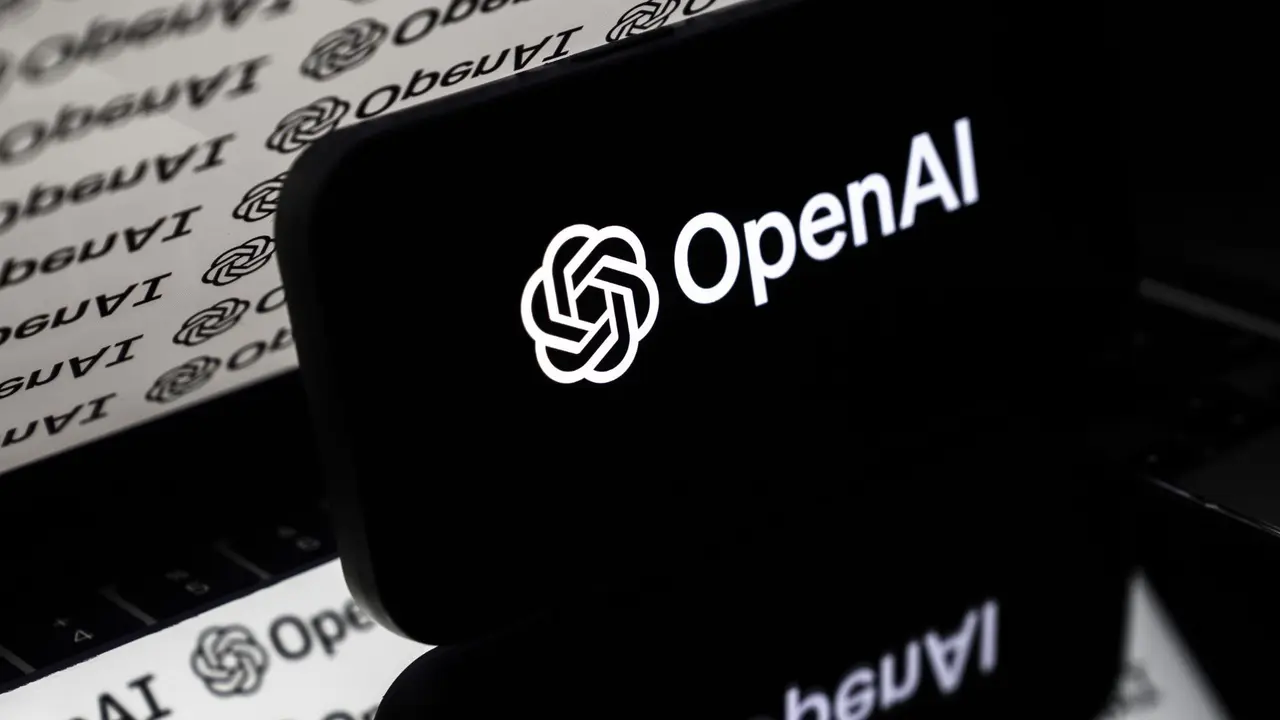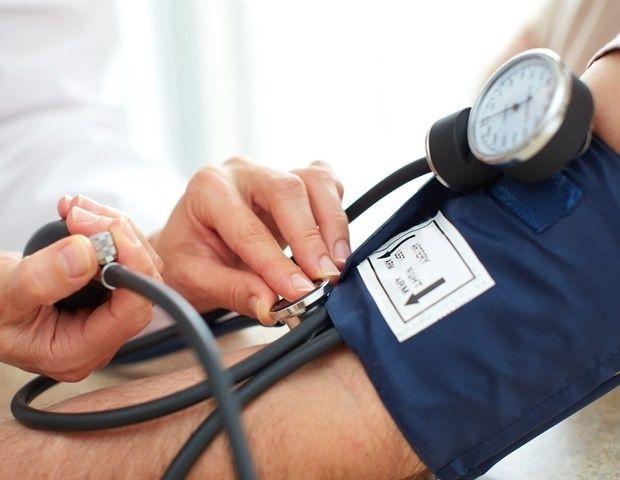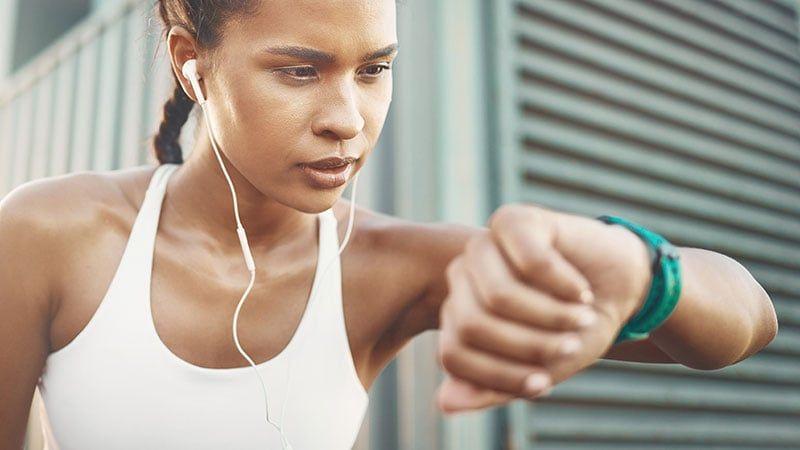AI-Powered Video Analysis Shows Promise for Non-Invasive Blood Pressure and Diabetes Screening
2 Sources
2 Sources
[1]
AI-powered tool may offer contactless way to detect high blood pressure, diabetes
By Laura Williamson, American Heart Association News The Tribune Content Agency A tool powered by artificial intelligence that uses high-speed video to detect changes in blood flow in skin on the face and hands may offer a new way to screen for high blood pressure and diabetes without the use of blood pressure cuffs, blood tests or wearable devices, new research suggests. The study found the system accurately detected the vast majority of high blood pressure and diabetes cases in patients in a hospital setting in Japan. Findings were presented at the American Heart Association's Scientific Sessions in Chicago. They are considered preliminary until full results are published in a peer-reviewed journal. The contact-free system would allow people to monitor high blood pressure, or hypertension, and diabetes "in the comfort of their own homes without having to undergo any tests," according to the study's lead researcher Ryoko Uchida, a project researcher in the department of advanced cardiology at the University of Tokyo. Video monitoring allows for early detection of disease "in a noninvasive, non-contact and non-active manner, without having to constantly wear a device or go to a hospital for an examination." Both hypertension and diabetes cause damage to blood vessels and subtly alter the way blood flows through the vessels. Researchers used high-speed video at 150 frames per second to capture pulse wave and blood flow movements in the face and hands of 215 people, including people previously diagnosed with hypertension and Type 1 or Type 2 diabetes, along with healthy people included for comparison. The participants, who were an average 63 years old, sat still on chairs in a hospital setting while five- and 30-second video images were taken. Digital data representing blood flow characteristics was extracted from the video and transferred to a computer, where a machine learning algorithm analyzed it to detect hypertension or diabetes by measuring the difference in pulse wave arrival time to 30 different regions of interest, 22 on the face and eight on the hands. Blood pressure was measured simultaneously using a continuous blood pressure monitor. Blood glucose was measured separately using an A1C test, which measures average blood glucose levels for the past two to three months. When cross-checked with measurements taken with the blood pressure monitor, the video and algorithm combination system was 94% accurate in a subgroup of 77 people in detecting stage 1 hypertension, defined as having a systolic (top) number of 130-139 mmHg or a diastolic (bottom) number of 80-89 mmHg, according to AHA and American College of Cardiology guidelines. When cross-checked with hemoglobin A1C testing for diabetes, the video-algorithm system was 75% accurate in detecting A1C scores of at least 6.5, the threshold for a diabetes diagnosis. The subgroup of 83 people tested for diabetes included people previously diagnosed with both Type 1 and Type 2 diabetes and those with A1C scores of 6.5 or higher. The system is still in the early stages of development and may not be generalizable to other populations, Uchida said. Not only does it need to be tested on people outside Japan, but "the cameras and algorithms used have not been tested in dark or bright environments or outdoors, so additional research is needed to ensure that the system works everywhere." It also may have limited usefulness, said Dr. Geoff Rubin, a professor and chair of the department of medical imaging at the University of Arizona College of Medicine in Tucson. While the system allows for contactless testing, he said it still requires people to adhere to protocols that may take just as much time and effort as other means of testing. "Assuming people are willing to sit still in a controlled environment and submit to this, why not just put on a blood pressure cuff and draw a little blood in the same amount of time and have an absolute answer?" he asked. Rubin, who was not involved in the research, also is clinical service chief of medical imaging for Banner University Medicine in Tucson. "I am skeptical, but I am intrigued," he said. "The authors point out that wearables and remote sensing are tools that are potentially poised to revolutionize health care, but a lot of people don't engage with them. Getting data in this manner may be useful in some way down the line, but a lot of questions remain unanswered." ____ American Heart Association News covers heart and brain health. Not all views expressed in this story reflect the official position of the American Heart Association. Copyright is owned or held by the American Heart Association, Inc., and all rights are reserved.
[2]
New 'Touchless' Blood Pressure Screening Tech: How It Works
When a patient signs on to a telehealth portal, there's little more a provider can do than ask questions. But a new artificial intelligence (AI) technology could allow providers to get feedback about the patient's blood pressure and diabetes risk just from a video call or a smartphone app. Researchers at the University of Tokyo in Tokyo, Japan, are using AI to determine whether people might have high blood pressure or diabetes based on video data collected with a special sensor. The technology relies on photoplethysmography (PPG), which measures changes in blood volume by detecting the amount of light absorbed by blood just below the skin. This technology is already used for things like finger pulse oximetry to determine oxygen saturation and heart rate. Wearable devices like Apple Watches and Fitbits also use PPG technologies to detect heart rate and atrial fibrillation. "If we could detect and accurately measure your blood pressure, heart rate, and oxygen saturation non-invasively that would be fantastic," said Eugene Yang, MD, professor of medicine in the division of cardiology at the University of Washington School of Medicine in Seattle who was not involved in the study. Using PPG, "you're detecting these small, little blood vessels that sit underneath the surface of your skin," explained Yang. "Since both hypertension and diabetes are diseases that damage blood vessels, we thought these diseases might affect blood flow and pulse wave transit times," said Ryoko Uchida, a project researcher in the cardiology department at the University of Tokyo and one of the leaders of the study. PPG devices primarily use green light to detect blood flow, as hemoglobin, the oxygen-carrying molecule in blood, absorbs green light most effectively, Yang said. "So, if you extract and remove all the other channels of light and only focus on the green channel, then that's when you'll be able to potentially see blood flow and pulsatile blood flow activity," he noted. The University of Tokyo researchers used remote or contactless PPG, which requires a short video recording of someone's face and palms, as the person holds as still as possible. A special sensor collects the video and detects only certain wavelengths of light. Then the researchers developed an AI algorithm to extract data from participants' skin, such as changes in pulse transit time -- the time it takes for the pulse to travel from the palm to the face. To correlate the video algorithm to blood pressure and diabetes risk, the researchers measured blood participants' pressure with a continuous sphygmomanometer (an automatic blood pressure cuff) at the same time as they collected the video. They also did a blood A1c test to detect diabetes. So far, they've tested their video algorithm on 215 people. The algorithm applied to a 30-second video was 86% accurate in detecting if blood pressure was above normal, and a 5-second video was 81% accurate in detecting higher blood pressure. Compared with using hemoglobin A1c blood test results to screen for diabetes, the video algorithm was 75% accurate in identifying people who had subtle blood changes that correlated to diabetes. "Most of this focus has been on wearable devices, patches, rings, wrist devices," Yang said, "the facial video stuff is great because you can imagine that there are other ways of applying it." Yang, who is also doing research on facial video processing, pointed out it could be helpful not only in telehealth visits, but also for patients in the hospital with highly contagious diseases who need to be in isolation, or just for people using their smartphones. "People are tied to their smartphones, so you could imagine that that would be great as a way for people to have awareness about their blood pressure or their diabetes status," Yang noted. The study has a few caveats. The special sensor they used in this study isn't yet integrated into smartphone cameras or other common video recording devices. But Urchida is hopeful that it could be mass-produced and inexpensive to someday add. Also, the study was done in a Japanese population, and lighter skin may be easier to capture changes in blood flow, Uchida noted. Pulse oximeters, which use the same technology, tend to overestimate blood oxygen in people with darker skin tones. "It is necessary to test whether the same results are obtained in a variety of subjects other than Japanese and Asians," Uchida said, in addition to validating the tool with more participants. The study has also not yet undergone peer review. And Yang pointed out that this new AI technology provides more of a screening tool to predict who is at high risk for high blood pressure or diabetes, rather than precise measurements for either disease. There are already some devices that claim to measure blood pressure using PPG technology, like blood pressure monitoring watches. But Yang warns that these kinds of devices aren't validated, meaning we don't really know how well they work. One difficulty in getting any kind of PPG blood pressure monitoring device to market is that the organizations involved in setting medical device standards (like the International Organization for Standards) doesn't yet have a validation standard for this technology, Yang said, so there's really no way to consistently verify the technology's accuracy. "I am optimistic that we are capable of figuring out how to validate these things. I just think we have so many things we have to iron out before that happens," Yang explained, noting that it will be at least three years before a remote blood monitoring system is widely available.
Share
Share
Copy Link
Researchers at the University of Tokyo have developed an AI-powered tool that uses high-speed video analysis to detect high blood pressure and diabetes without traditional invasive methods, potentially revolutionizing home health monitoring.

AI-Powered Video Analysis for Health Screening
Researchers at the University of Tokyo have developed an innovative artificial intelligence (AI) tool that could revolutionize the way we screen for high blood pressure and diabetes. This contactless system uses high-speed video analysis to detect subtle changes in blood flow, potentially offering a non-invasive alternative to traditional diagnostic methods
1
.How the Technology Works
The system employs photoplethysmography (PPG), a technology that measures changes in blood volume by detecting light absorption in blood vessels just below the skin. Using a special sensor, the system captures video at 150 frames per second, focusing on the face and hands of participants
2
.A machine learning algorithm then analyzes the digital data extracted from the video, measuring the difference in pulse wave arrival time to 30 different regions of interest - 22 on the face and eight on the hands. This analysis allows the system to detect indicators of hypertension or diabetes
1
.Promising Results
In a study involving 215 participants with an average age of 63, the system demonstrated impressive accuracy:
- 94% accurate in detecting stage 1 hypertension in a subgroup of 77 people
- 75% accurate in detecting diabetes (A1C scores of 6.5 or higher) in a subgroup of 83 people
1
The study also found that a 30-second video was 86% accurate in detecting above-normal blood pressure, while a 5-second video achieved 81% accuracy
2
.Related Stories
Potential Applications and Limitations
This technology could potentially allow people to monitor their health "in the comfort of their own homes without having to undergo any tests," according to lead researcher Ryoko Uchida
1
. It could be particularly useful in telehealth settings, for monitoring patients in isolation, or as a smartphone app for general health awareness2
.However, the system is still in early stages of development and faces several limitations:
- It has only been tested in a controlled hospital setting in Japan.
- The effectiveness in different lighting conditions or outdoor environments is unknown.
- The special sensor used is not yet integrated into common video recording devices.
- The study was conducted primarily on a Japanese population, and may not be as effective on darker skin tones
2
.
Expert Opinions and Future Outlook
While some experts express skepticism about the practicality of the system compared to traditional methods, others see potential in its application for remote health monitoring. Dr. Eugene Yang from the University of Washington School of Medicine suggests that it could take at least three years before such a remote blood monitoring system becomes widely available
2
.As research continues and validation standards are developed, this AI-powered video analysis tool may pave the way for more accessible and non-invasive health screening methods in the future.
References
Summarized by
Navi
Related Stories
Recent Highlights
1
AI Chatbots Sway Voters More Effectively Than Traditional Political Ads, New Studies Reveal
Science and Research

2
Trump signs executive order to override state AI laws despite bipartisan pushback
Policy and Regulation

3
OpenAI warns upcoming AI models will likely pose high cybersecurity risk with zero-day exploits
Technology








